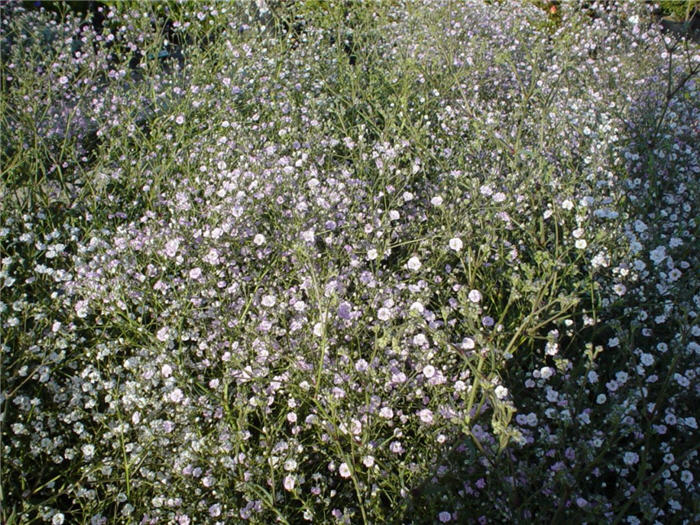| Botanical Name: Gypsophila paniculata | |
| Common Name: Baby's Breath |

-
Anatomy
-
Culture
-
Design
Plant Type
Perennial
Height Range
1-3'
Flower Color
Pink, White
Flower Season
Summer
Leaf Color
Blue Green, Grey Green
Bark Color
n/a
Fruit Color
n/a
Fruit Season
n/a
Sun
Full
Water
Medium
Growth Rate
Moderate
Soil Type
Sandy, Clay, Loam, Rocky, Unparticular
Soil Condition
Average, Poor, Well-drained, Dry
Soil pH
Neutral, Basic
Adverse Factors
n/a
Design Styles
English Cottage, Meadow, Ranch
Accenting Features
n/a
Seasonal Interest
Summer
Location Uses
Perennial Border
Special Uses
Cut Flowers, Filler, Small Spaces
Attracts Wildlife
n/a
Information by: Stephanie Duer
Photographer:
Photographer:
-
Description
-
Notes
This bouquet classic is an old-fashioned garden favorite. Frothy stems are covered little, white to pale pink blossoms from late spring to mid to late summer. Foliage is mostly basal, and is small and fine. Late to emerge in the spring, it is an ideal companion for spring bulbs, oriental poppies, and other spring favorites that have less than lovely summer foliage, as baby's breath swells and fills the void. Grows about 2 to 3 feet tall and wide. There are a number of named cultivars selected for flower size and color. The quintessential bouquet filler.
Grow in well drained, somewhat dry, poor soils in full sun. Prefers neutral to alkaline soils. Cut back after blooming to encourage reblooming. Its deep taproot makes it drought tolerant, but also hard to transplant and divide once established.